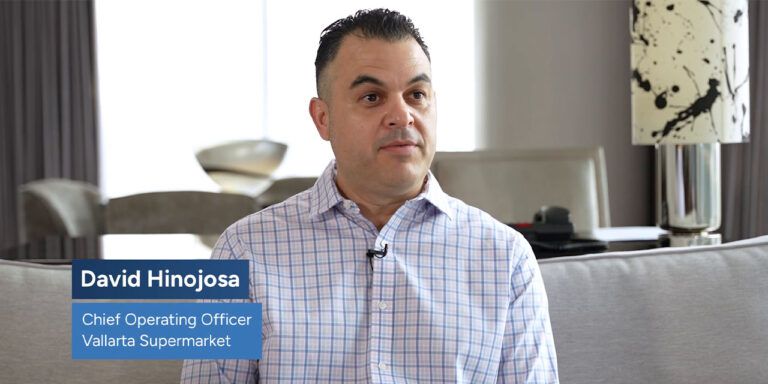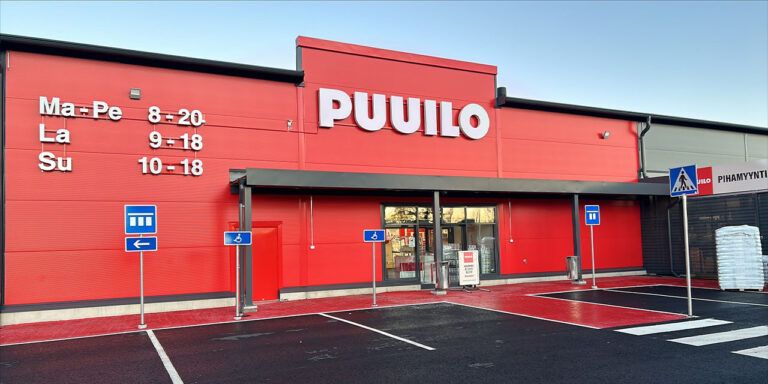Customer video: Rite Aid
Sep 6, 2022 • 2 minRite Aid is a leading pharmacy retailer in the US, providing an array of health products and services through over 2,000 locations across 17 states. In 2021, Rite Aid partnered with RELEX to optimize their forecasting and replenishment and, in early 2022, expanded that partnership to include planogram and floor planning solutions.
Dave King, Director of Visual Merchandising at Rite Aid, sat down at RELEX Live 2022 in Atlanta to share their experience with the implementation, how they are speeding up processes through automation, and their ability to incorporate more data into their planning and ever.
Video transcript
Dave King: I’m Dave King. I’m the Director of Visual Merchandising at Rite Aid, and I’m in charge of floor planning, planograms, and everything under ten feet in our stores. From my experience working out with the space team at RELEX, [they’re] really good people.
I know that they know the work that has to be done, and they have great insight and ideas on how to help my company, Rite Aid, and me accomplish what we’re trying to do. They see the goal line. You know, they know what we’re trying to accomplish. That’s really helpful from a software provider because it could be just a lot of technical advice and not a lot of practical advice. And we’re getting both.
It’s going well, considering the amount of time that our team is able to devote to it. You know, we don’t have a dedicated implementation team. So that’s where having a partner that understands what we’re doing – also really helps as they come at our implementation with a lot of empathy for the work that we’re doing. And they work around our schedule.
We’ve done a lot of manual work to get the data we need into planograms. And, you know, we’re putting that data automatically in so that when you open up planning ramp, open floor plan, it lights up with the highlights and the analytics and so forth that we need. But we’re starting to do, you know, push the envelope on the amount of data, different types of data that we’re able to put in the system to help us make decisions going forward.


